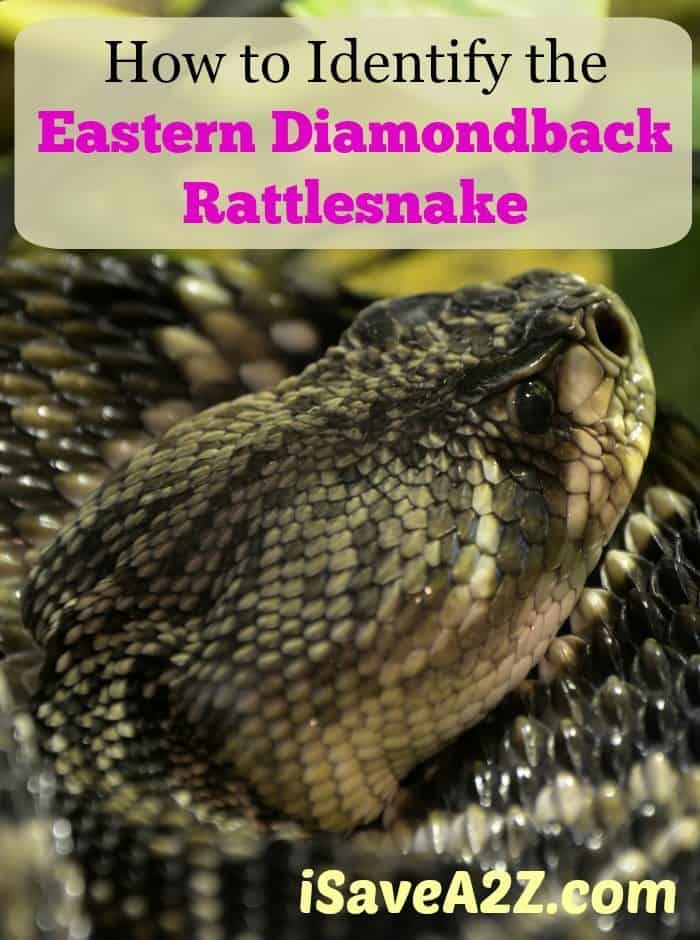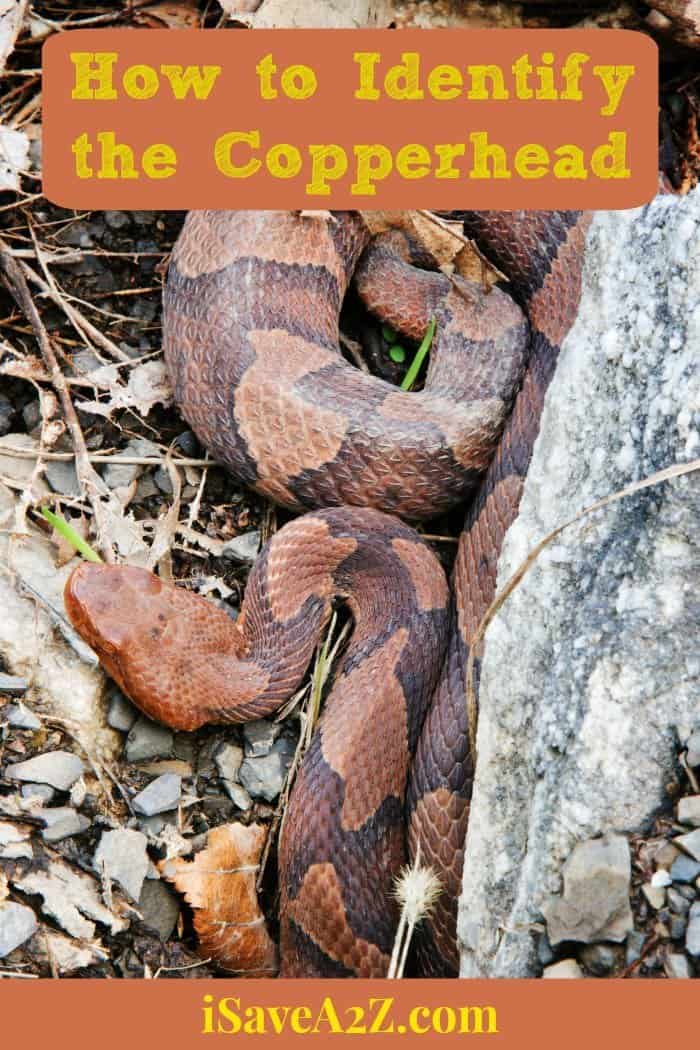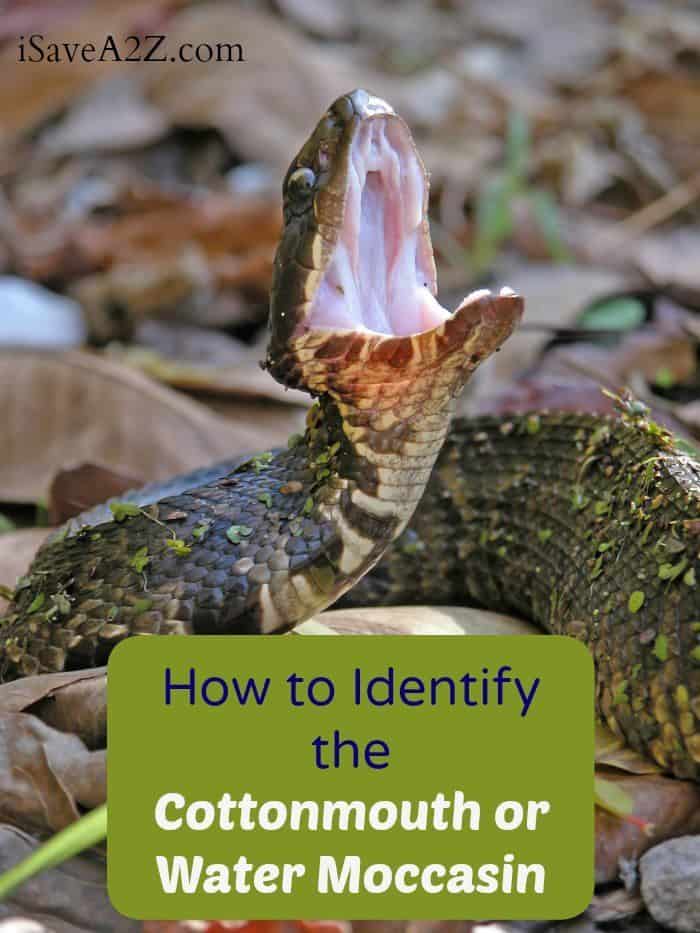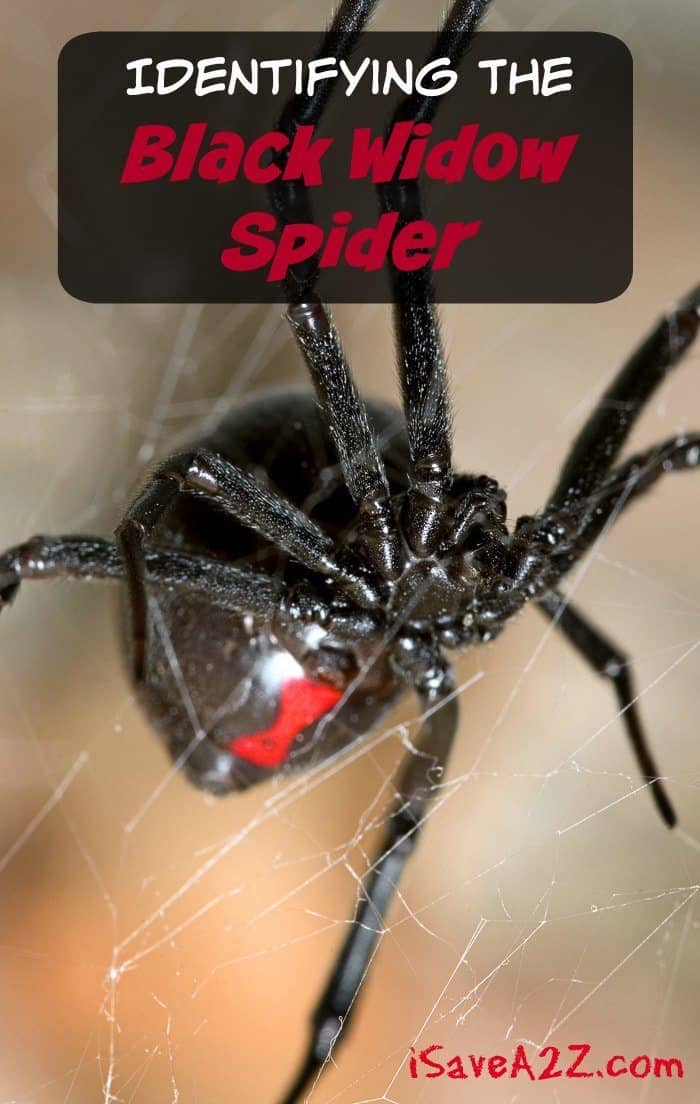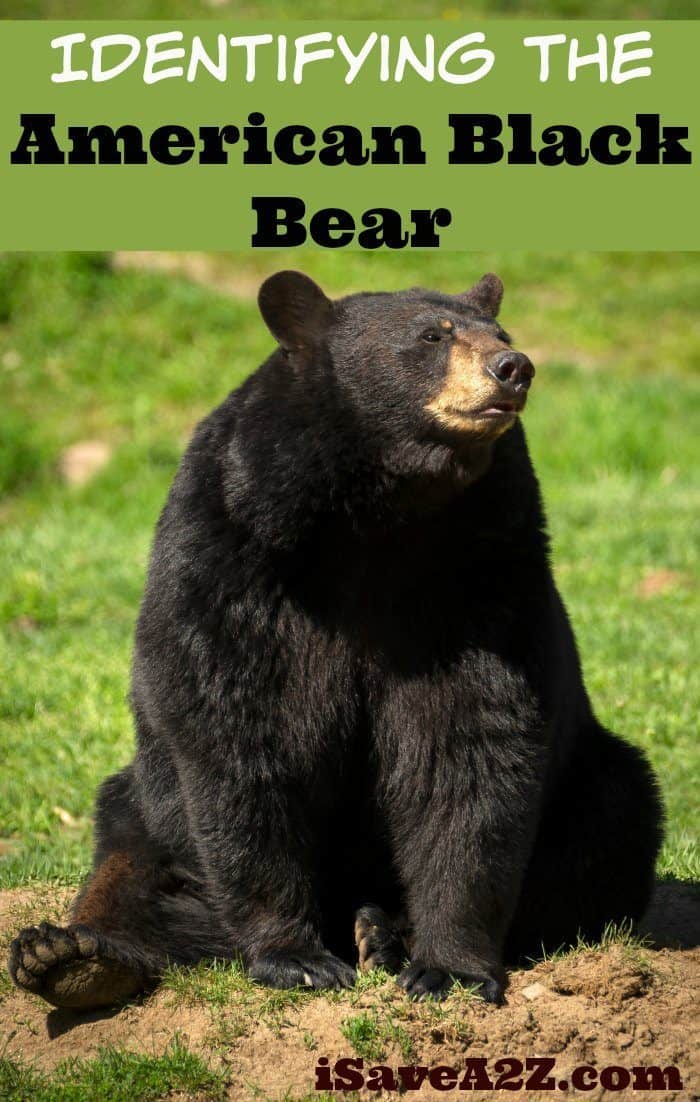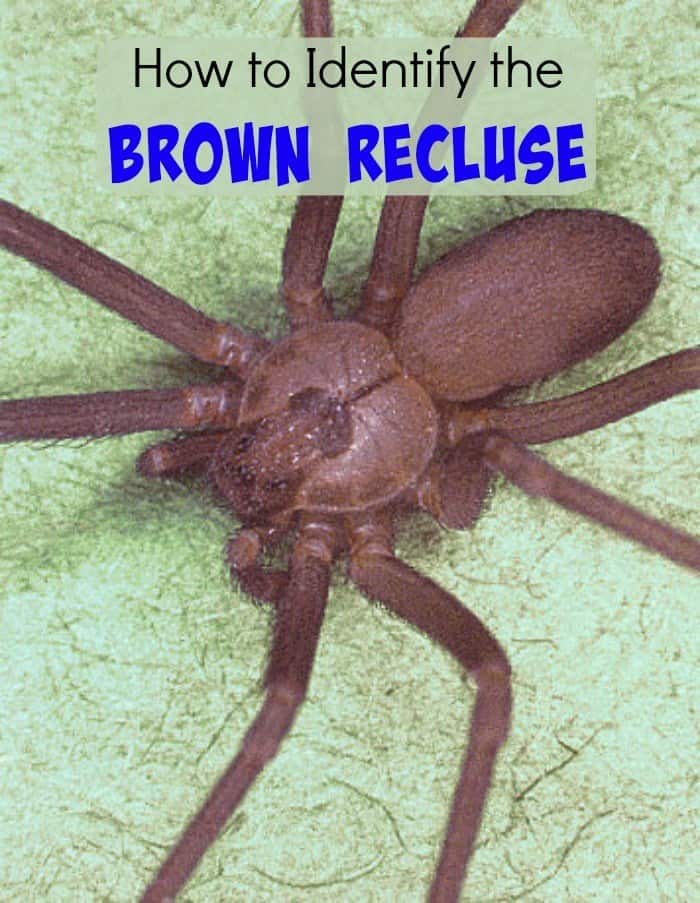How to Identify the Eastern Diamondback Rattlesnake – Country Living Tips
How to Identify the Eastern Diamondback Rattlesnake – Country Living Tips
The eastern diamondback rattlesnake is the largest venomous snake found in the United States and it is also among the more dangerous. The snake is shy, reclusive and certainly not overly aggressive but it will not hesitate to delivery a deadly bite if it is bothered or surprised. Because the snake generally packs a large amount of venom, bites are usually quite serious. Fortunately, the eastern diamondback rattlesnake can be identified rather easily with a few tips.
Part of the identification process begins with where you find the snake. If you are living anywhere other than the southeastern coastal areas it is likely not a eastern diamondback. They are found from southern North Carolina coastal areas all the way around to eastern Louisiana coastal areas. The majority of these snakes are found in Georgia, South Carolina and Florida. Again, they are largely a coastal species.
As for patterns, they are quite distinctive. The snake is generally going to sport the trademark diamond patterns that are brown on the inside of the diamond with lighter coloring around the edges of the diamond. The surrounding colors are going to be some combination of brown, tan and yellowish colors. The face is extremely identifiable with a raccoon like black stripe that covers the eyes. They have a large, diamond shaped head along with the trademark pits between the eyes and nostrils that is found in pit vipers.
As mentioned, this is a large, full bodied snake that can grow as big as six feet. There are rumors and various reports of much larger specimens but most of them will be around five feet in length. They can weigh up to ten pounds as well. This is the largest rattlesnake of the known species.
One final note…when it comes to rattlesnakes, you can’t always go by the trademark rattle. These snakes lose their rattles quite often. Sometimes they just get damaged or they might lose them in a fight. Whatever the case, don’t assume a snake is not dangerous just because it is missing a rattle. That could be a deadly mistake.
If you’re looking for some more survival tips, check out this ultimate survival guide! Keep yourself save too, and get ready an emergency plan for your family!

